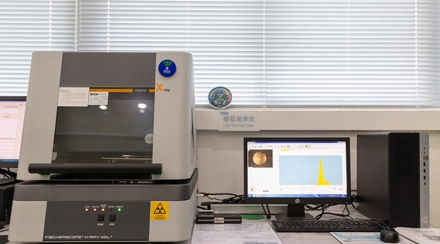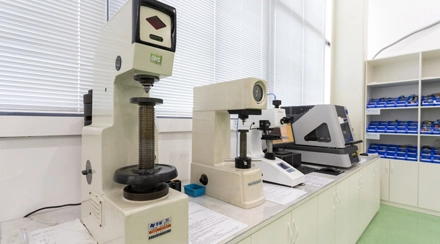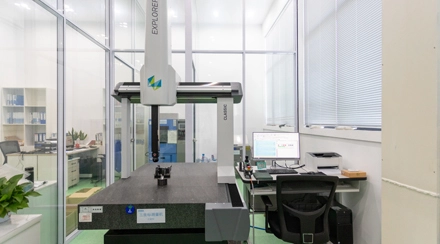Calendering lines, including Farrel FCM and Comerio Ercole.
Rubber, plastics, and composites.
Max sheet width: 2000mm. Tolerances: ±0.05mm.
Quality Management System: ISO 9001:2015 certified, ensuring consistent quality and thickness.
Inspection Equipment: Thickness gauges, CMM, and digital calipers.
Quality Assurance Process: Material verification, in-process thickness monitoring, and final inspection using thickness gauges and CMM to ensure uniformity and quality.
Calendering is a crucial manufacturing process used to produce smooth, uniform sheets or films from various materials, such as rubber, plastics, and textiles. This technique involves passing the material through a series of heated rollers to achieve the desired thickness and surface finish. Here is a step-by-step overview of the calendering process:
Material Preparation: The raw material, often in the form of a compound or blend, is prepared and pre-heated to ensure it is pliable and ready for processing.
Feeding: The prepared material is fed into the calendering machine, which consists of multiple rollers arranged in a specific configuration.
Rolling: The material passes through the rollers, which apply pressure and heat. The rollers can be adjusted to control the thickness and surface texture of the material. The number of rollers and their arrangement can vary depending on the desired outcome.
Thickness Control: As the material moves through the rollers, its thickness is precisely controlled. The gap between the rollers can be adjusted to achieve the required thickness, ensuring uniformity across the entire sheet or film.
Surface Finishing: The surface of the material can be modified by using different types of rollers, such as smooth, embossed, or patterned rollers, to achieve the desired finish. This step can also involve cooling rollers to set the material’s final properties.
Cooling and Winding: After passing through the rollers, the material is cooled to solidify its shape and properties. It is then wound onto rolls or cut into sheets for further processing or packaging.
Quality Control: The final product undergoes quality control checks to ensure it meets the required specifications for thickness, surface finish, and other properties.
By understanding the calendering process, manufacturers can produce high-quality sheets and films with precise dimensions and consistent properties, suitable for a wide range of applications in industries such as automotive, packaging, and textiles.
Improved Uniformity: BulkTEK Plastic Calendering ensures a more consistent thickness and material distribution, which is essential for applications requiring precise specifications and high-quality standards.
Higher Production Efficiency: The advanced machinery and process controls in BulkTEK calendering allow for increased throughput and reduced downtime, making the production process significantly more efficient.
Cost-Effectiveness: By optimizing material usage and enhancing energy efficiency, BulkTEK calendering reduces overall production costs, making it a more economical choice for manufacturers.
Versatility: BulkTEK calendering can handle a wide range of plastic materials and allows for easy adjustments to produce sheets and films of varying thicknesses and surface textures, catering to diverse application needs.
Enhanced Quality Control: With real-time monitoring and advanced process controls, BulkTEK calendering minimizes defects and ensures consistent quality throughout the production process, resulting in superior end products.
| Aspect | Plastic Extrusion | Plastic Calendering |
| Process | Melts and forces plastic through a die. | Passes heated plastic through rollers to flatten it. |
| Products | Produces continuous shapes like pipes, sheets, and films. | Produces sheets, films, and coatings. |
| Temperature | Operates at high temperatures to melt plastic. | Uses heat to keep plastic workable while applying pressure. |
| Speed | Typically a continuous and faster process. | Generally slower, involves multiple passes through rollers. |
| Material Flexibility | Can handle a variety of thermoplastics. | Best suited for certain thermoplastics that can be flattened. |
| Applications | Used in construction, packaging, automotive, and consumer goods. | Commonly used for vinyl flooring, synthetic leather, and flexible plastics. |


